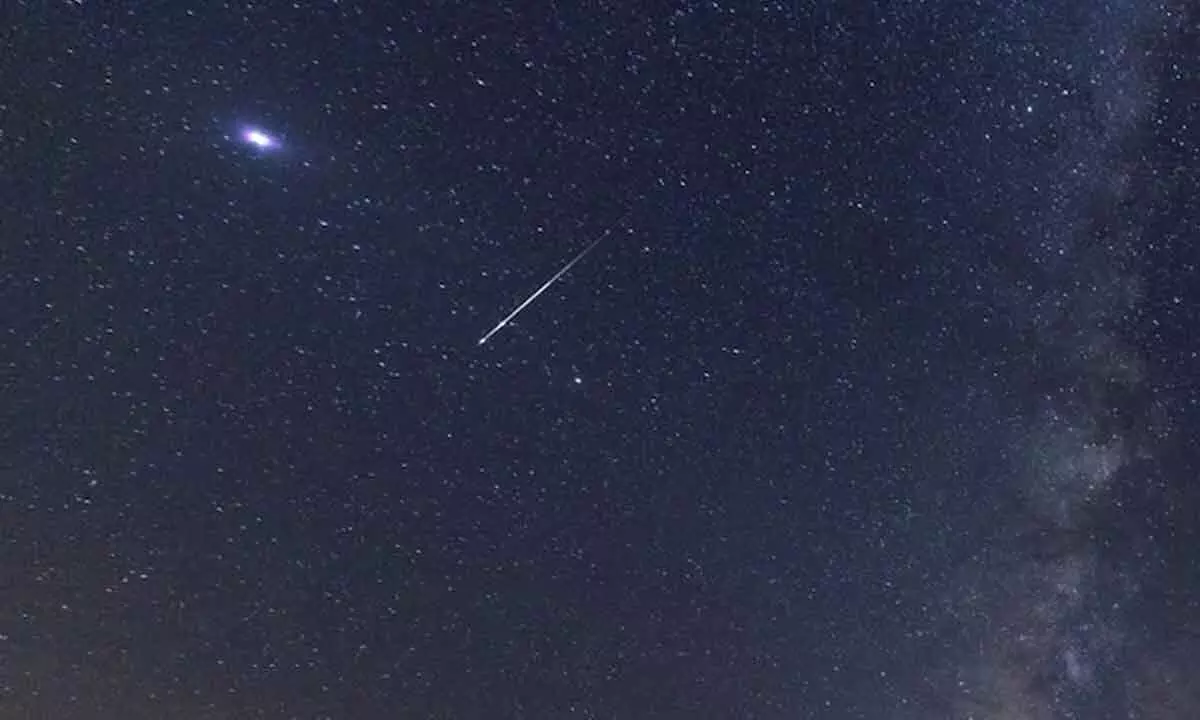Just In
How To Watch Geminid Meteor Shower In India


- Stargazers all over the world are preparing to see the yearly Geminid meteor as it reaches its peak on December 14.
- Areas of Bengaluru would experience the greatest prominence of the shower.
Stargazers all over the world are preparing to see the yearly Geminid meteor as it reaches its peak on December 14. The event gives skywatchers in India and the northern hemisphere the chance to see what is thought to be the year's most dependable and constant meteor shower. The event normally peaks in December and is regarded as the year's greatest and most consistent meteor shower.
The asteroid 3200 Phaethon is the source of bright, swift, yellow meteors known as geminids. The Geminid meteors are so named because they appear to originate from a spot in the Gemini constellation. There are around 120 meteors every hour, and they move at a speed of almost 1,27,138 kmph.
As they circle the sun, these meteors leave a trail of dust in their wake. The Earth passes through these debris trails every year, letting the fragments to collide with our atmosphere and form flaming, brilliant, and colourful streaks in the sky.
If you want to witness it then today is the last chance to it. This year's bright gibbous moon might make seeing more difficult. However, watchers in nations like India and in the Northern Hemisphere will have the finest views of the dazzling shower, which will still be interesting to see.
In India, the best times to view the Geminid meteor shower are late on December 13 and early on December 14. Areas of Bengaluru would experience the greatest prominence of the shower. There won't be a need for extra equipment because meteors will be visible to the unaided eye.
Additionally, there are special programmes planned for Bengaluru's Jawaharlal Nehru Planetarium to witness the meteor shower. NASA advises leaving the house on December 13 in the late evening to avoid pollution and city lights.
Meanwhile, in the southern skies, one may see the meteors with the naked eye. During this peak, 30 to 40 meteors may be observed every hour, depending on the weather.

© 2025 Hyderabad Media House Limited/The Hans India. All rights reserved. Powered by hocalwire.com






